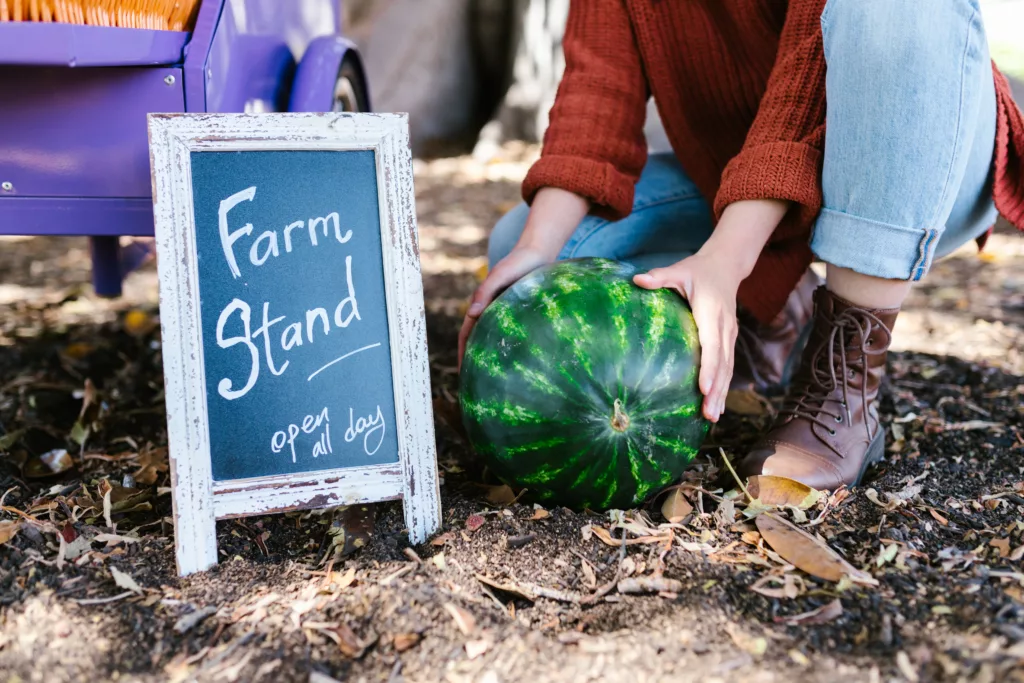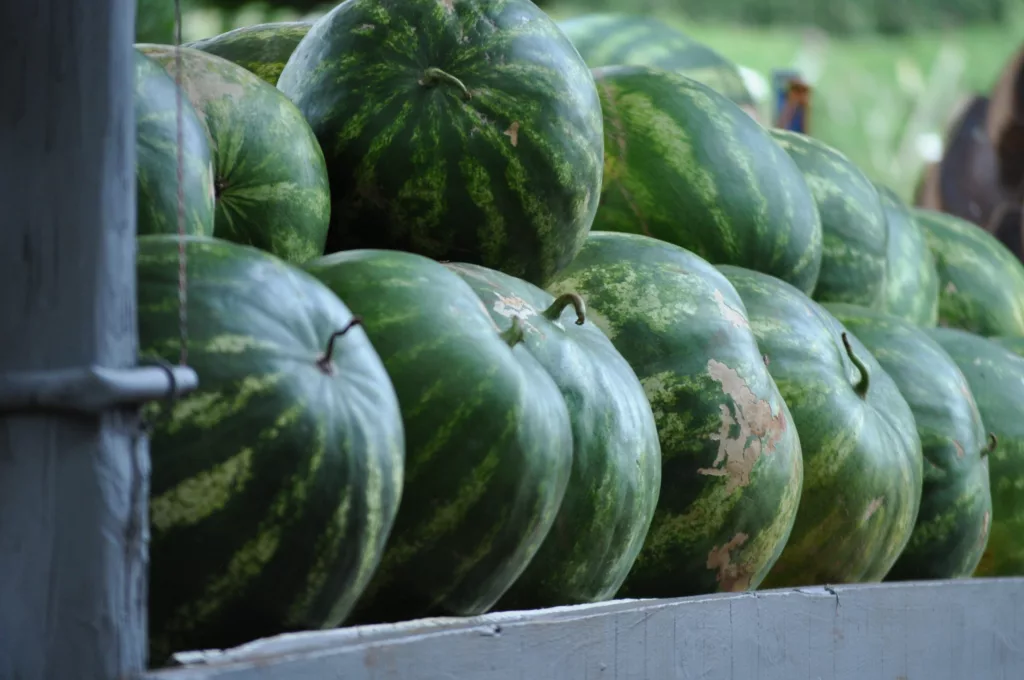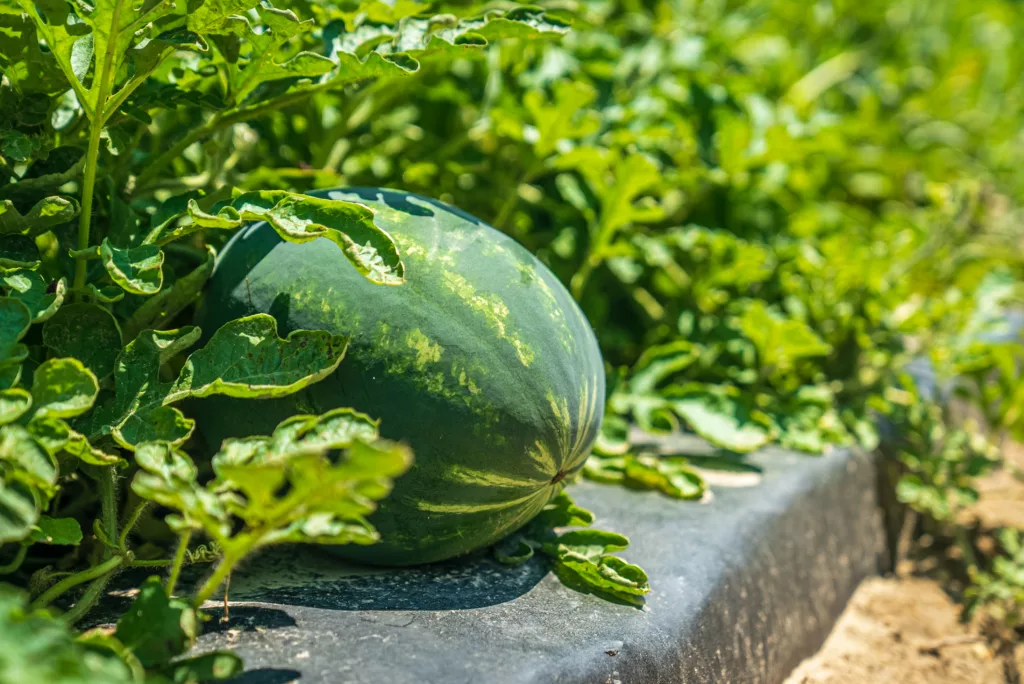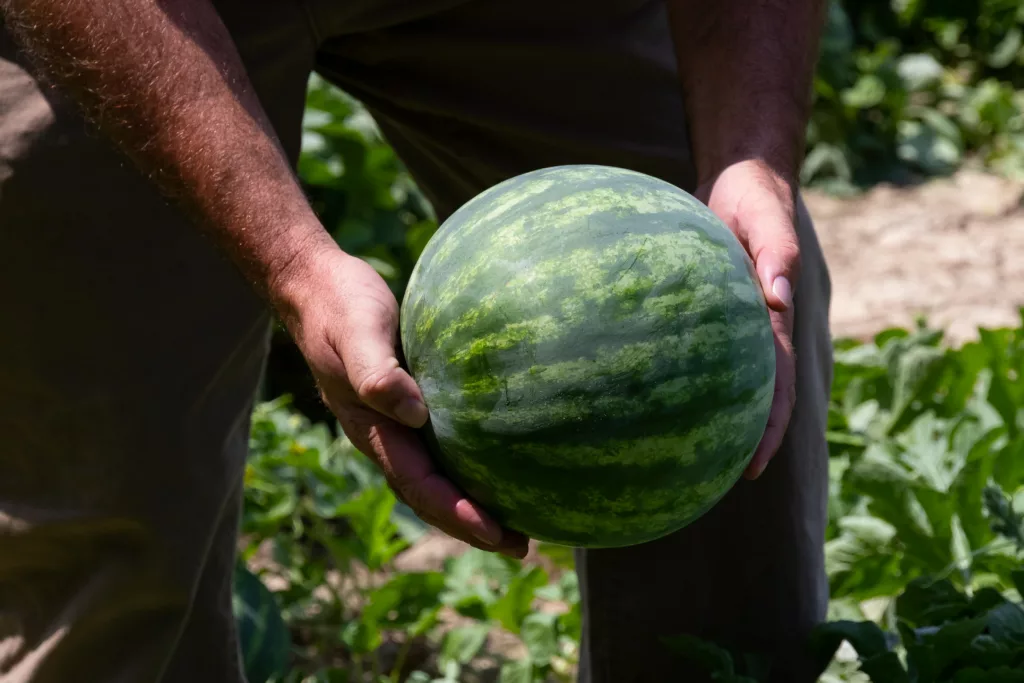Summer has a flavor, and it’s the sweet, juicy taste of watermelon. For many of us, this delightful fruit is the essence of long sunny days and warm starlit evenings. Growing watermelons in your backyard, sustainably and organically, adds a special touch to this summertime ritual. In this comprehensive guide, we’ll explore the answer to the question, “When is watermelon season?” as well as delve into the ins and outs of watermelon cultivation, from understanding the seasonality of this juicy delight to using eco-friendly methods for a bumper homegrown harvest.

Understanding Watermelon Seasons
Timing is everything, and the key to watermelon cultivation lies in recognizing the rhythms of nature. Watermelons bask in the sun and soak up the warmth, with their peak growing season between May and September for most parts of the US. However, this can shift based on geographical location. For instance, southern states like Florida or California can see the season start as early as April. Understanding local climate nuances helps to time your planting, nurturing, and harvesting right, ensuring a sweet, crunchy yield.
Choosing the Right Variety

The world of watermelons is diverse, and choosing the right variety can make your sustainable gardening journey both easier and more fruitful. For city dwellers with space constraints, compact varieties like ‘Sugar Baby’ or ‘Bush Sugar Baby’ are perfect, offering sweet, smaller fruits. For those blessed with larger spaces and longer growing seasons, ‘Crimson Sweet’ or ‘Black Diamond’ yield larger fruits. I still remember the first ‘Crimson Sweet’ I grew in my backyard – it was a summer marvel, both in size and taste. Prioritizing disease-resistant varieties also reduces reliance on chemicals, making your watermelon patch more environmentally friendly.
Preparing the Garden Sustainably
Sustainable gardening starts from the ground up. Boost your soil’s fertility and structure by adding compost or other organic matter. Embrace vertical gardening if you’re short on space. I’ve grown watermelons on trellises, and it not only saves space but also reduces disease incidence by enhancing air circulation. Mulching is another hero of the sustainable garden – it conserves water, checks weed growth, and keeps the soil temperature stable. Lay this solid foundation for your watermelons to thrive sustainably.
Planting and Care

Once your garden is prepped and your seeds selected, it’s time to sow! The ideal time is in spring, post any frost scare, when the soil has warmed up. Plant the seeds about an inch deep in “hills” or raised mounds of soil. Each seed holds the promise of a juicy watermelon, so give them space to grow and reach their potential.
Water and Nutrient Management
Despite their name, watermelons don’t just need water; they need careful water management. Drip irrigation or soaker hoses are great choices, directing water straight to the roots and avoiding water wastage. A friend of mine has a rainwater harvesting system in place for her garden, another wonderful sustainable option. For nutrients, compost and well-rotted manure are the organic champions that feed your plants while caring for the Earth.
Eco-friendly Pest Control

With gardening comes the challenge of pests and diseases. But fear not, nature has her own ways to keep them in check. To tackle pests like cucumber beetles, consider introducing beneficial insects like ladybugs to your garden. I’ve seen a few aphids decimated by these tiny predators. Homemade sprays from mild soap and water also work wonders. Planting pest-deterring plants like marigolds nearby is another natural way to keep your watermelons healthy.
Harvesting and Storing
Harvesting is a magical moment, marking the end of a journey and the beginning of delicious, healthy meals. You know it’s time to harvest when your watermelons sound hollow on tapping and the underside turns a creamy yellow. My granddad taught me to cut the fruit with a bit of stem left – it helps them stay fresh for longer. Store your uncut watermelons in a cool place, away from direct sunlight, and enjoy the fruits of your labor, one slice at a time.
Conclusion
Growing watermelons at home is a rewarding endeavor, blending the sweetness of summer with the joy of sustainable living. It all starts with understanding when the watermelon season is, setting the stage for each step that follows – from seed selection to planting, nurturing, and finally, harvesting. Each stage is an opportunity to practice environmental stewardship, nurturing not just fruits, but a healthier planet. So the next time you relish a juicy slice of homegrown watermelon, know that its sweetness is a testament to your contribution to sustainable living.
For more gardening tips and inspiration, check out our blog post on “Gardening Inside Apartment — Brief 101 for Newbie Gardeners“. Get started on your green journey today!
















